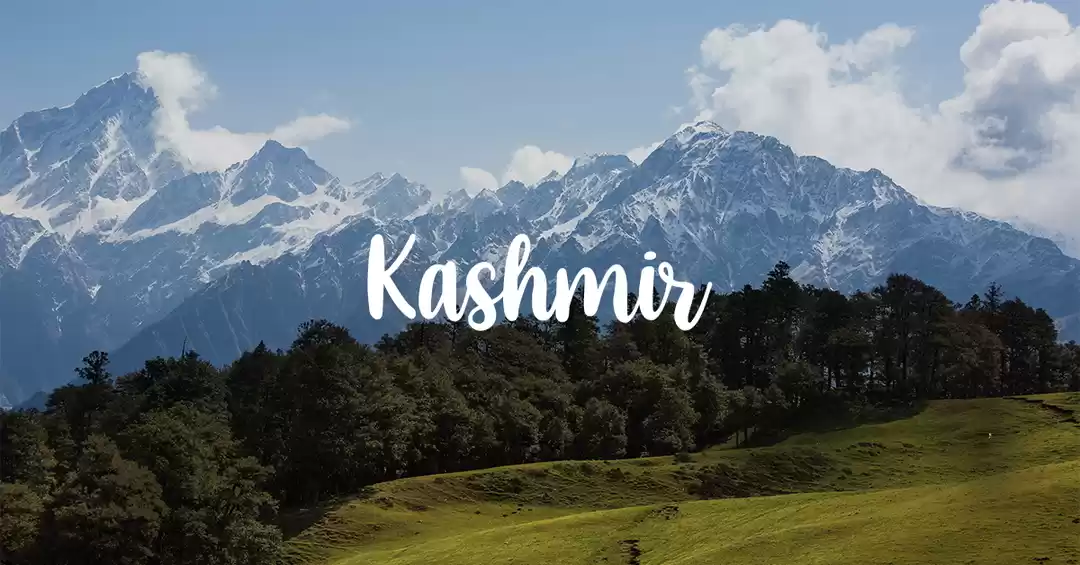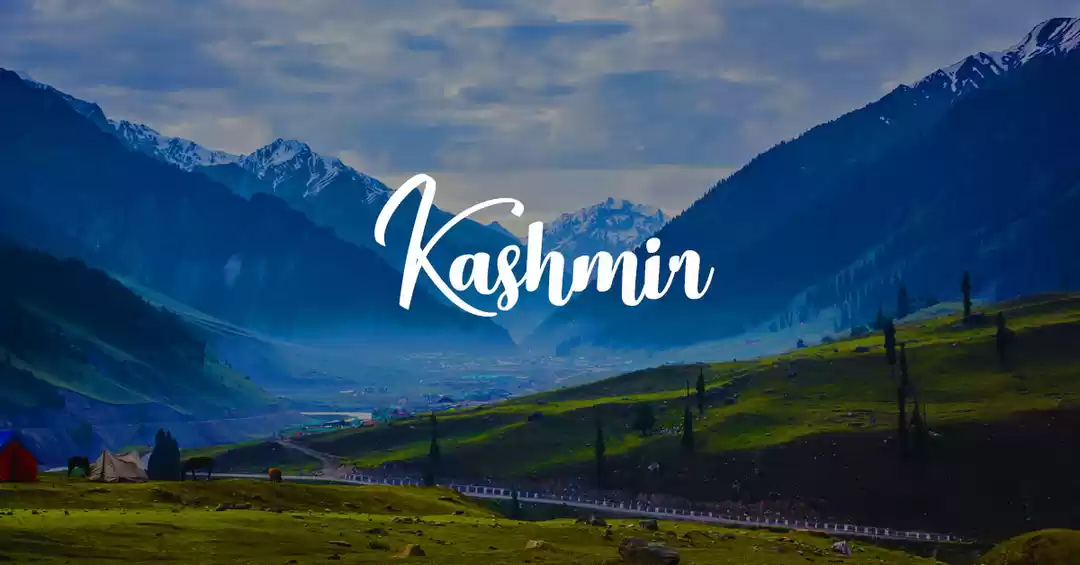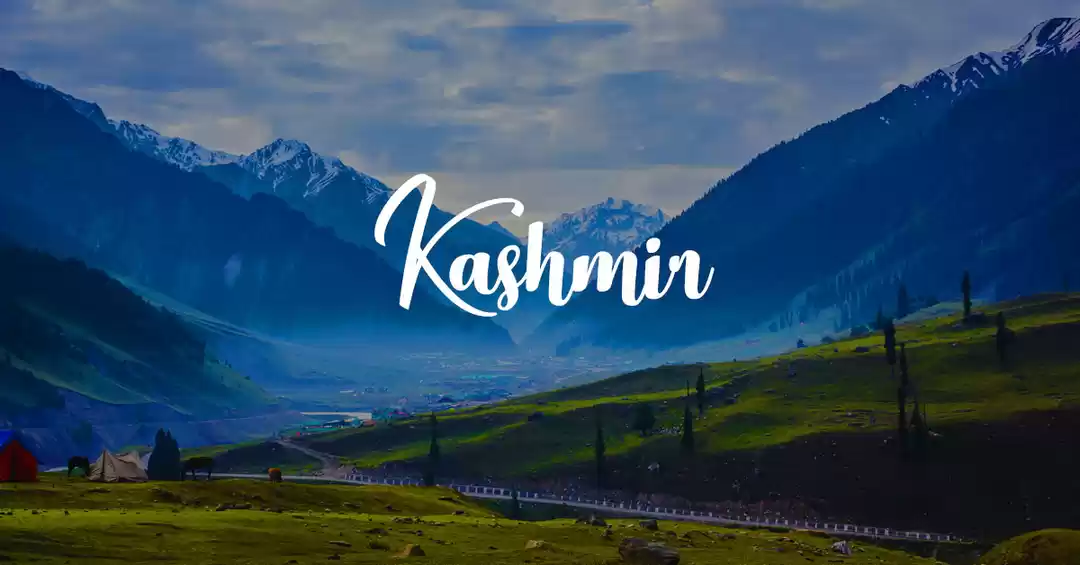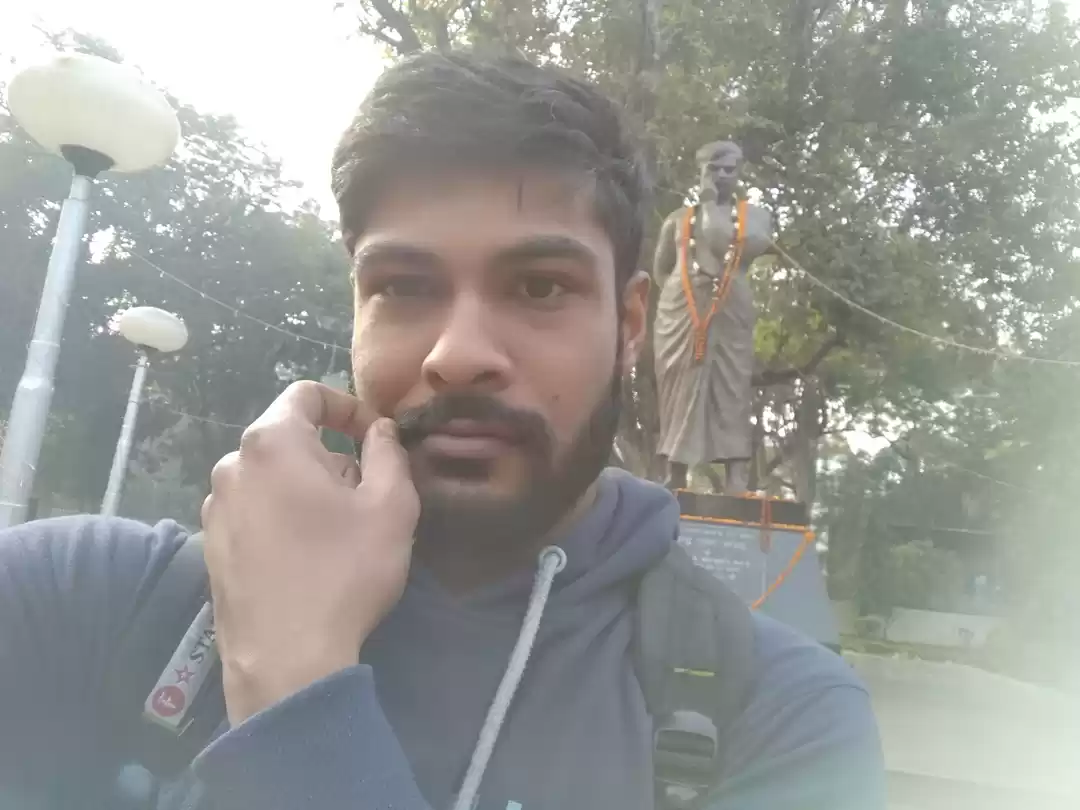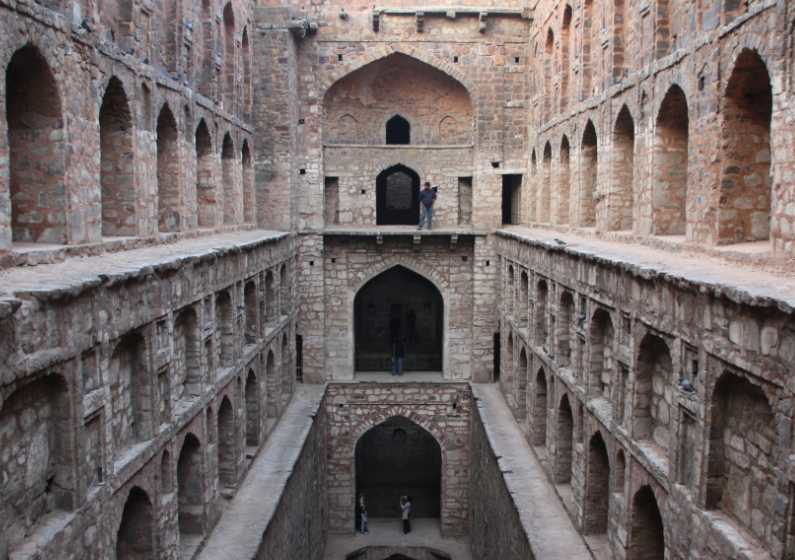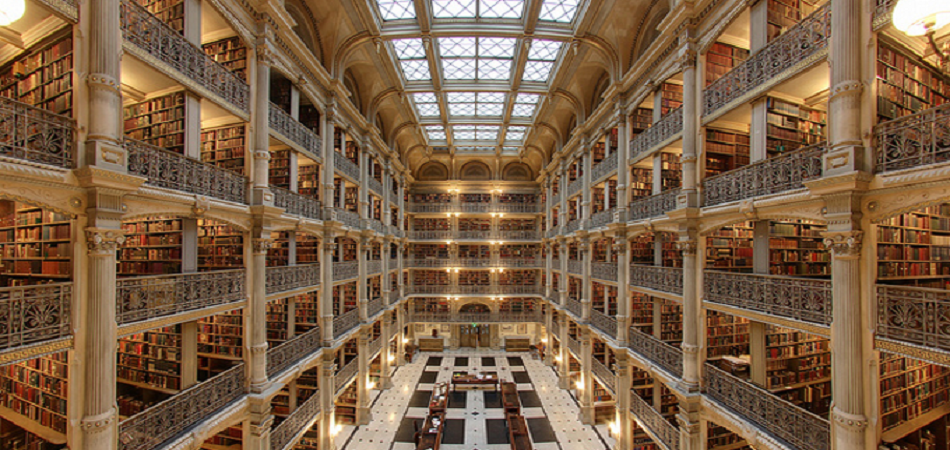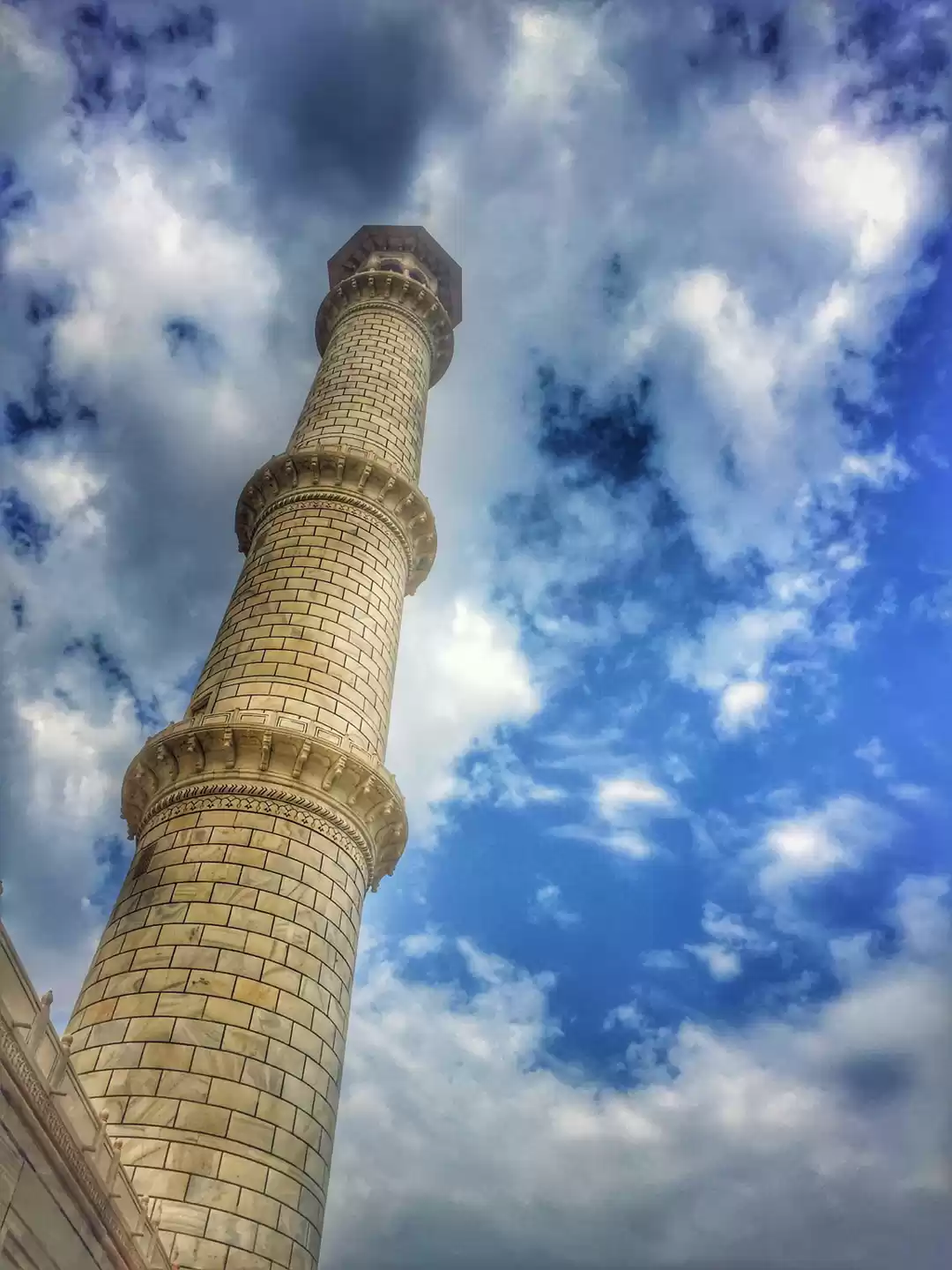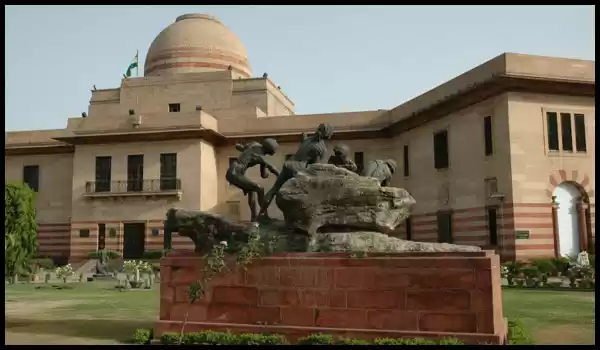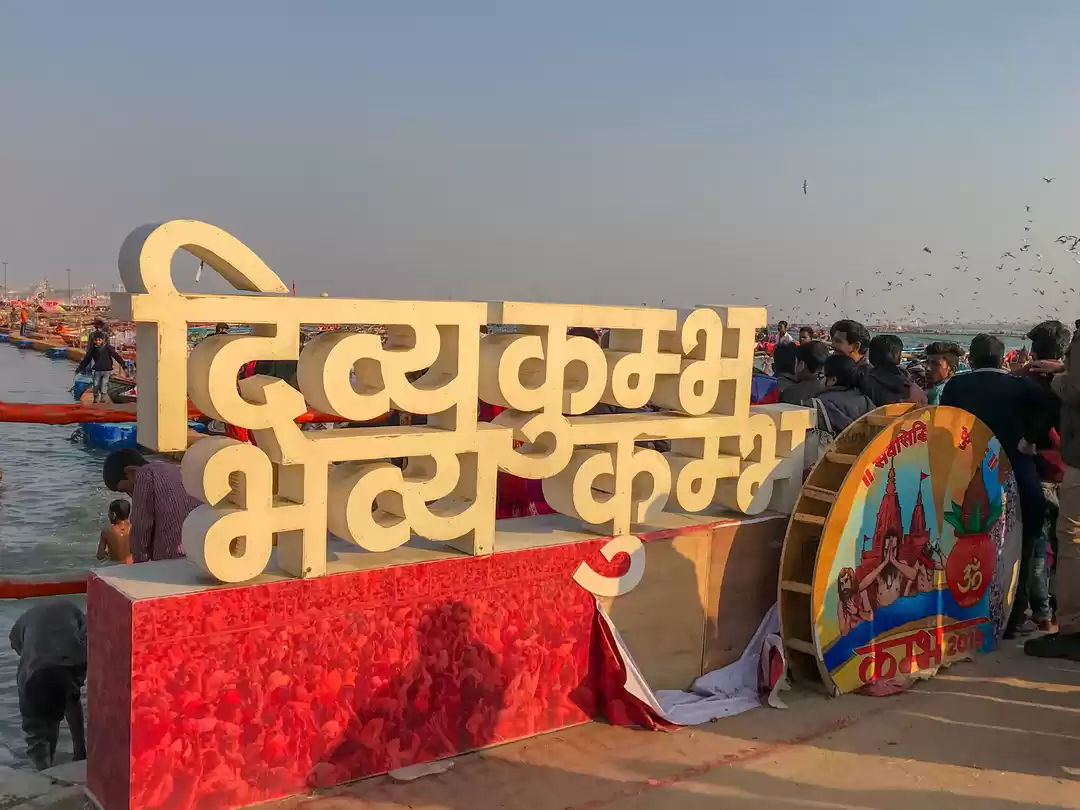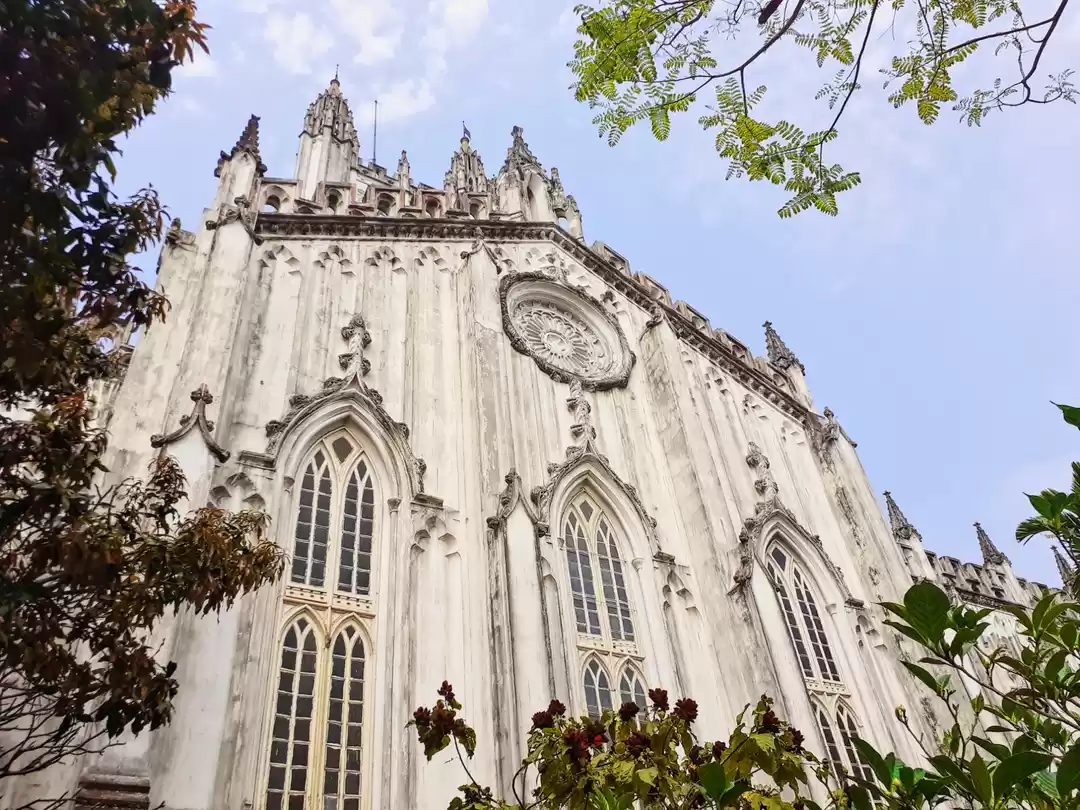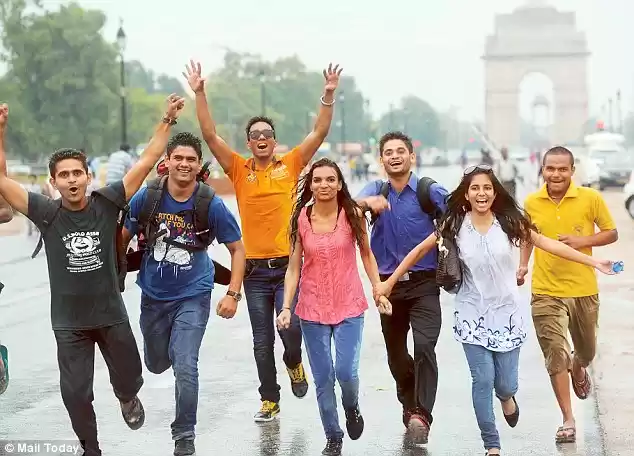For a few good days of the summer and most of the lovely winter afternoons, I slip out of the urban National Capital Region (NCR) and set out to explore the myriads of historical relics scattered all over – few belonging to the ancient times, some to the medieval era and plethora from the modern history of India. As I had finished reading an intensely profound work of Jawahar Lal Nehru, Discovery of India, my mind had been unconsciously looking for correspondences of his account with the present and bearings of the past on today.
I thought of spending a few hours at the Teen Murti Bhawan. Designed by Robert Tor Russel in a classical colonial style, as a part of Edwin Lutyen’s imperial capital, the Teen Murti Bhawan was built in 1929-30 as the official residence of the Commander-in-Chief of the British Indian Army. In August 1948, it became the official residence of the independent India’s first Prime Minister, Jawahar Lal Nehru. He lived here for sixteen years until his death in May 1964 after which it was converted into a museum and a library in order to perpetuate his legacy. It is known as Nehru Memorial Museum and Library. The campus also houses the Nehru Planetarium.

I enjoy spending time in that part of Delhi and keep taking day excursions, walking around the Lutyens’s zone. The garden character of that area, the radial road network culminating into the iconic nodes and the wide avenues flanked by foot paths and rows of shady trees render a delight which is hard to find elsewhere in the capital. The view of the classical white bungalows is a rare treat for an urban plebian.
While waiting for the star gazing to begin at the planetarium, we climbed up a short flight of stairs, followed the signage that led to the canteen. It was an open terrace with a few chairs and a few monkeys here and there. Sitting on the concrete terrace floor, we savoured piping hot vegetable Maggi noodles. The show settled all our misgivings by turning out to be of a good quality both in terms of organization and content.


Strolling through the bountiful lawns of the premises, enveloped in the fragrance of the damp grass, we stepped in the hallways of the museum. It housed many of his belongings, his personal collection of books, the gifts that he received from various nation heads and some belongings of Indira. His iconic achkan, jacket and topi, which had gone on to become the vital elements of his style statement, hung there.
As we stepped out of the hallways into a balcony, there was a boundless backyard - a vast green stretch with trees, which in my husband’s reckoning could be as old as 100 years or more. We could catch the sight of rare birds playing around and tweeting deliriously. The peacocks pompously fanned out their tail plumage courting the peahens for a little something.
In the same premises amidst these relatively modern structures hides a forgotten structure of the 14th century, Kushak Mahal. It is suppose to be the shikar ghar of Firoz Shah Tughlaq where he used to stay during his hunting expeditions. An elevated stone masonry structure that looks over the city now must be an inconspicuous nook amidst the deep jungles back then.
After the closure of the premises, we walked around 750 metres to enjoy a Kashmiri Wazwan at the Jammu & Kashmir House. The canteen here does not work like a hotel or canteens of some other state bhawans which are open for public. However if you request, they let you in and serve their menu with warmth. We were a little early for the sumptuous dinner they prepare for the bureaucrats. Nevertheless we enjoyed a good tea time. Over cups of very delicately fragrant kashmiri kahwa, we engaged in a friendly exchange of ideas on the problems engulfing the valley with a Kashmiri babu. The mutton seekh kebabs which mamu, the head butler had specially made, were like a burst of flavours of Indian spices and crunchy onions. In my husband’s view, they were the best he had had.






